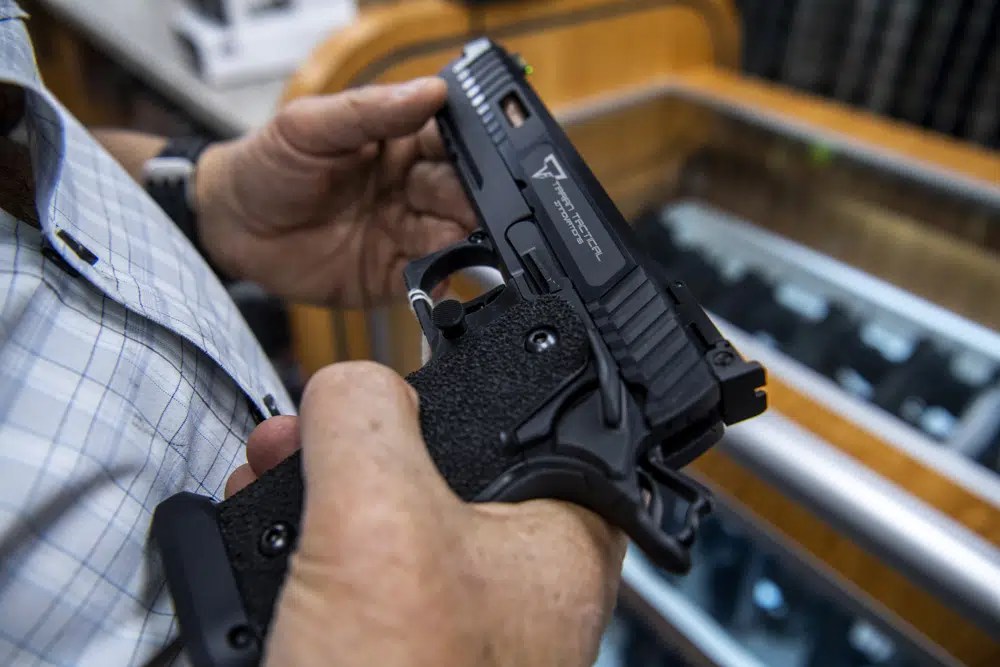WASHINGTON (AP) — A landmark U.S. Supreme Court decision on the Second Amendment is upending gun laws across the country, dividing judges and sowing confusion over what firearm restrictions can remain on the books.
The high court’s ruling that set new standards for evaluating gun laws left open many questions, experts say, resulting in an increasing number of conflicting decisions as lower court judges struggle to figure out how to apply it.
The Supreme Court’s so-called Bruen decision changed the test that lower courts had long used for evaluating challenges to firearm restrictions. Judges should no longer consider whether the law serves public interests like enhancing public safety, the justices said.
Under the Supreme Court’s new test, the government that wants to uphold a gun restriction must look back into history to show it is consistent with the country’s “historical tradition of firearm regulation.”
Courts in recent months have declared unconstitutional federal laws designed to keep guns out of the hands of domestic abusers, felony defendants and people who use marijuana. Judges have shot down a federal ban on possessing guns with serial numbers removed and gun restrictions for young adults in Texas and have blocked the enforcement of Delaware’s ban on the possession of homemade “ghost guns.”
In several instances, judges looking at the same laws have come down on opposite sides on whether they are constitutional in the wake of the conservative Supreme Court majority’s ruling. The legal turmoil caused by the first major gun ruling in a decade will likely force the Supreme Court to step in again soon to provide more guidance for judges.
“There’s confusion and disarray in the lower courts because not only are they not reaching the same conclusions, they’re just applying different methods or applying Bruen’s method differently,” said Jacob Charles, a…
Read the full article here



